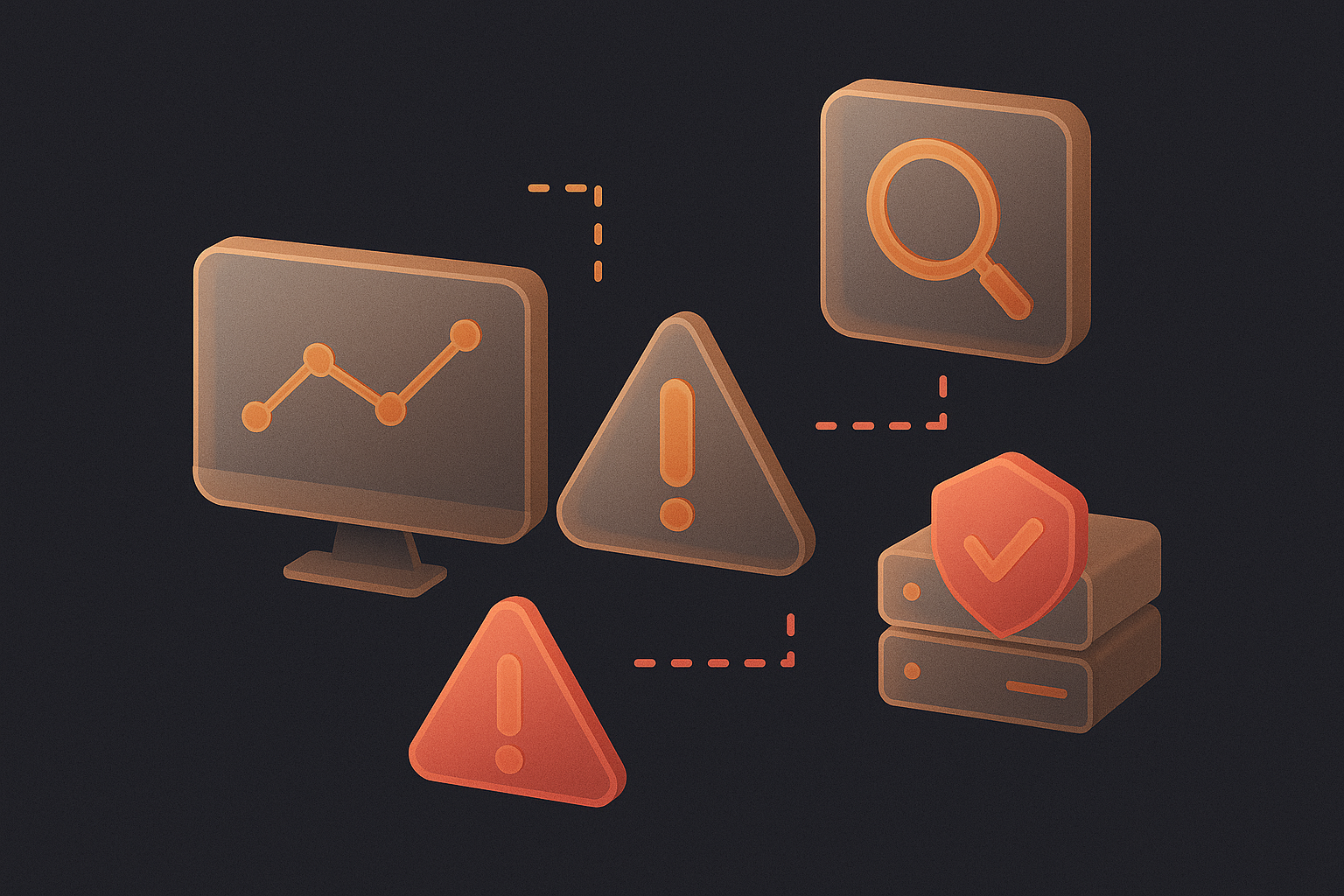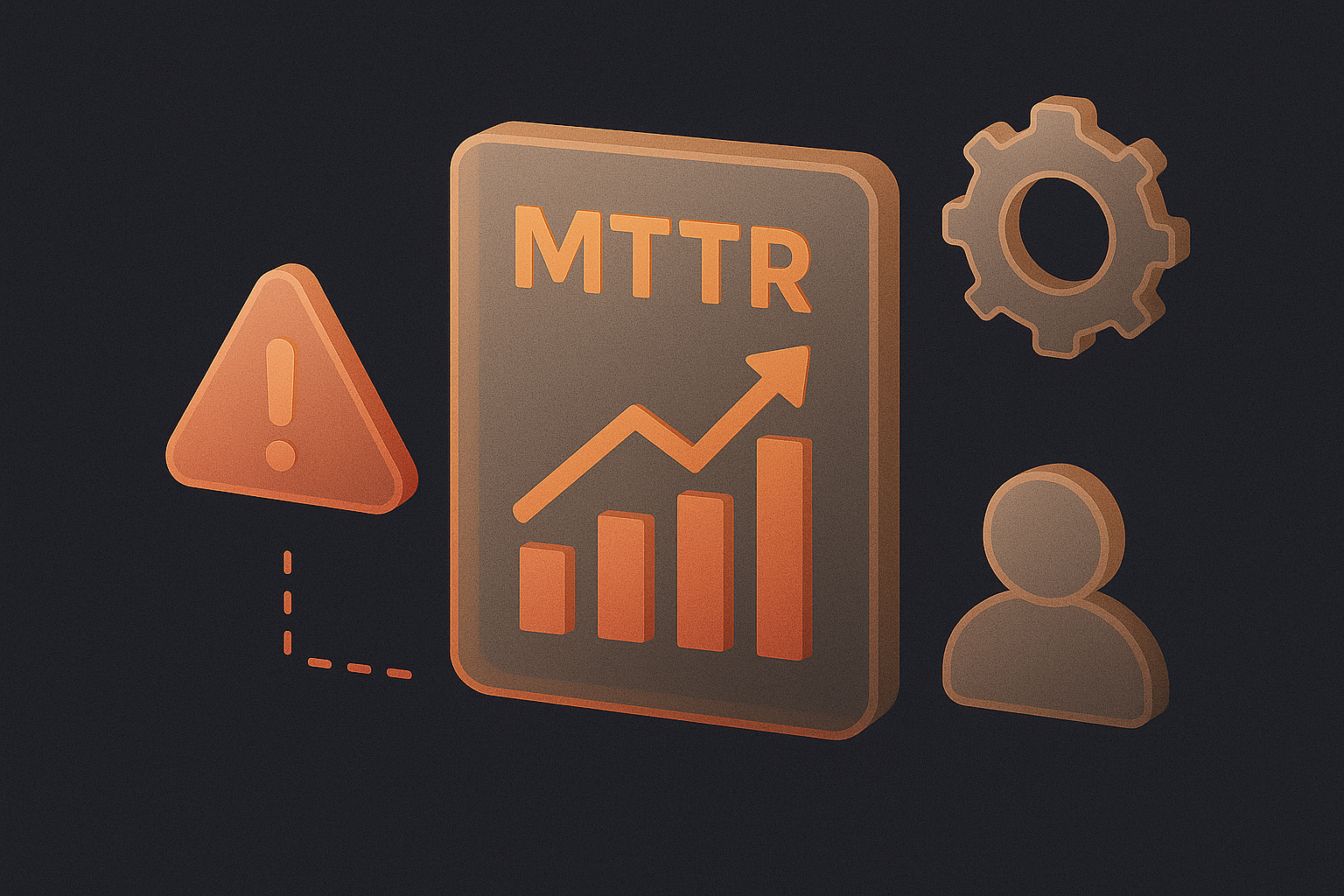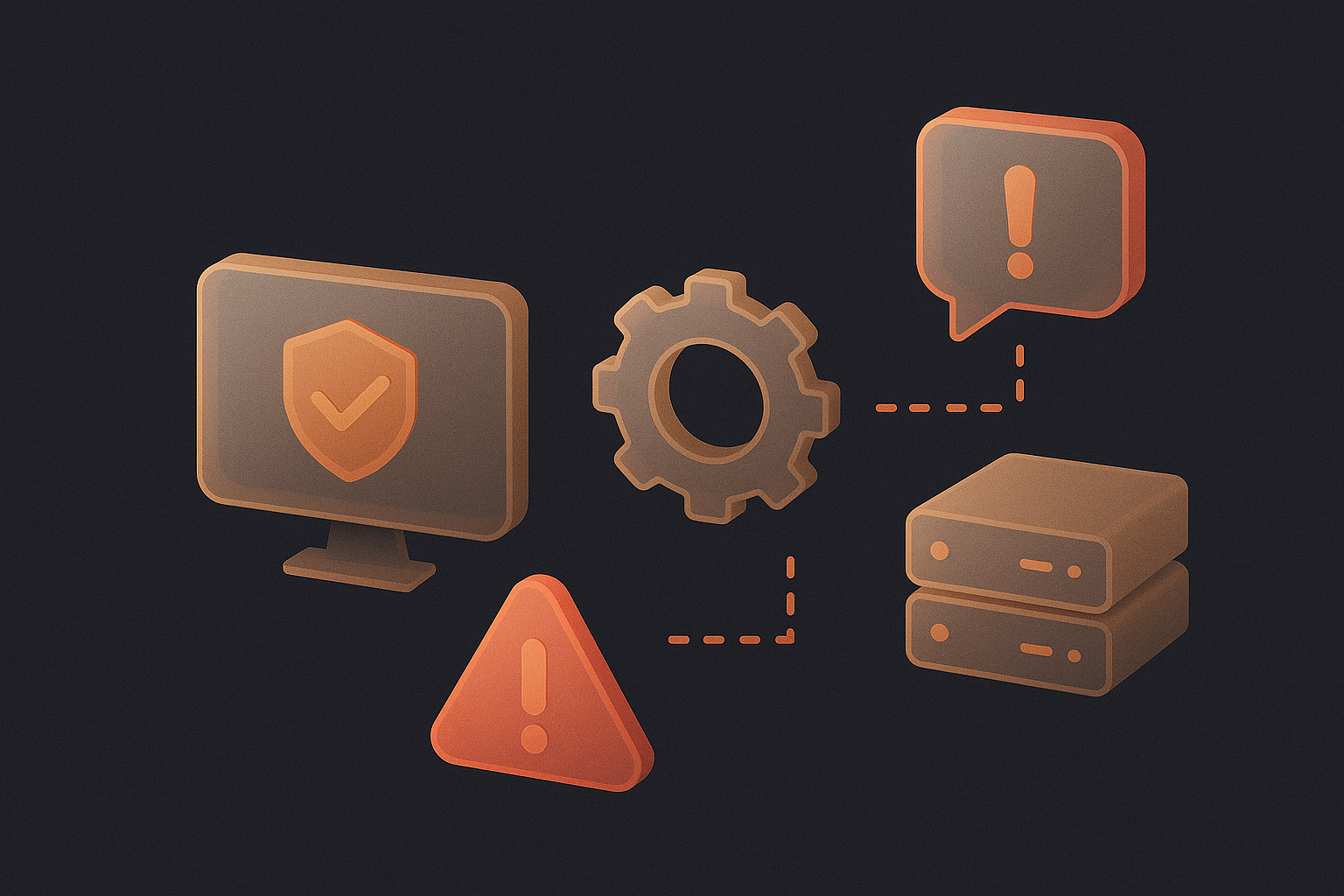Why Traditional IT Monitoring Is No Longer Enough
Many IT teams rely on monitoring tools that reveal what is happening but do little to guide next steps. Dashboards show spikes, alerts fire nonstop, and yet issues still take too long to resolve. Traditional monitoring focuses on visibility, but visibility alone no longer matches the speed or complexity of modern digital operations.
Today’s environments scale rapidly, shift unexpectedly, and generate more data than any team can manage manually. Applications span hybrid cloud architectures, traffic patterns change without warning, and every layer of the stack produces signals that need attention. IT teams now need monitoring that goes beyond detection. They need systems that reduce noise, route alerts automatically, and support real time communication between responders.
This shift has made intelligent monitoring a key requirement for maintaining reliable and always available services.
What IT Monitoring Means for Modern Digital Operations
IT monitoring is the continuous measurement of performance, availability, and health across infrastructure, applications, and digital services. It covers every layer, including:
- Server and system performance
- Database, network, and storage health
- Application performance monitoring
- Log, metric, and trace analysis
- Cloud and container visibility
The goal is to detect anomalies early, prevent downtime, and ensure a consistent, high quality user experience. Monitoring forms the foundation for every operational decision, whether teams are supporting internal tools or customer facing applications. As systems scale, modern monitoring must deliver clarity without overwhelming responders.
Why Traditional Monitoring Struggles in Hybrid Environments
Many monitoring tools reveal data but do not help teams take action. Alerts arrive, but they lack context. Dashboards show symptoms, but responders must piece together the full story manually. This creates several ongoing challenges for operations teams.
Excessive alert noise quickly overwhelms responders. Without correlation or filtering, teams receive duplicate alerts or notifications that add little value. Platforms that support smart alert correlation help remove redundancy and highlight meaningful signals.
Slow response is another result of manual routing. Many teams still rely on outdated contact lists, email threads, or spreadsheets to determine who should handle an incident. Automated routing through alert escalation management ensures that every alert reaches the right person on time.
Monitoring also becomes fragmented when tools operate in silos. Each tool offers only part of the picture, forcing responders to jump between dashboards during incidents. A unified view helps teams diagnose issues faster and reduce wasted time. Teams benefit greatly from platforms like a modern enterprise alerting platform that consolidate signals into a single operational workflow.
Communication often breaks down during high pressure situations. Stakeholders may receive incomplete updates or information that arrives too late. Solutions that support clear stakeholder communication help maintain trust and alignment during outages.
In a world where minutes matter, monitoring must guide teams toward action, not simply present data.
Best Practices for Strengthening Modern IT Monitoring
How Visualization Can Become More Actionable
Dashboards are excellent for analyzing trends, but they are not always helpful during fast moving incidents. Teams benefit from monitoring tools that highlight actionable anomalies rather than requiring responders to search through multiple views. Context driven alerts help engineers understand what is happening without digging through layers of charts.
How Alert Noise Can Be Reduced Without Losing Visibility
Noise reduction depends on correlation, deduplication, and intelligent routing. When related alerts are grouped and repetitive notifications are filtered out, teams can focus on the root issue. AI based correlation tools like smart alert correlation help streamline detection and improve decision making.
How Automated Escalation Improves Incident Speed and Coverage
Automated escalation eliminates the delays created by manual decision making. Routing based on schedules, expertise, severity, and fallback logic ensures alerts reach the appropriate responder quickly. Platforms such as automated incident management provide these capabilities as part of a unified workflow.
How Communication Strengthens Monitoring Workflows
Monitoring does not stop with technical teams. Leadership, support teams, and customer facing stakeholders must stay informed when incidents occur. Real time broadcasts and centralized communication channels help reduce confusion and keep everyone aligned. This is where solutions designed for effective stakeholder communication provide meaningful value.
How Intelligent Monitoring Turns Alerts Into Real Action
A modern monitoring workflow begins the moment an issue is detected. A spike in response time, a service slowdown, or a failing server triggers a cascade of automated steps that help teams resolve incidents faster.
The alert flows into an incident response platform. Correlation organizes related signals and removes unnecessary noise. Automated escalation routes the event to the correct on call responder. Stakeholders receive timely updates. Engineers collaborate within a centralized communication space. A complete post incident timeline is generated automatically at the end of the event.
This approach transforms raw telemetry into a predictable, reliable operational process. Organizations experience lower MTTR, fewer escalations to leadership, and smoother recovery when incidents occur.
Why Organizations Need Action Oriented Monitoring
Modern IT environments evolve too quickly for monitoring tools that simply show graphs or generate alerts. Teams need systems that understand what the signals mean, reduce noise, involve the right responders, and support clear communication across the business.
Reliability depends on more than detection. It requires speed, clarity, and coordination. When monitoring works together with automated escalation, intelligent context, and unified communication, teams respond faster and avoid prolonged service disruptions.
Platforms like AlertOps help bridge this gap by connecting monitoring tools with the workflows required to act on their signals. With alert intelligence, automated escalation, real time communication, and post incident reporting, AlertOps helps transform monitoring data into outcomes that strengthen service performance and customer trust.
Monitoring is no longer a passive function. It has become a strategic pillar for building resilience and maintaining uptime in modern operations.


